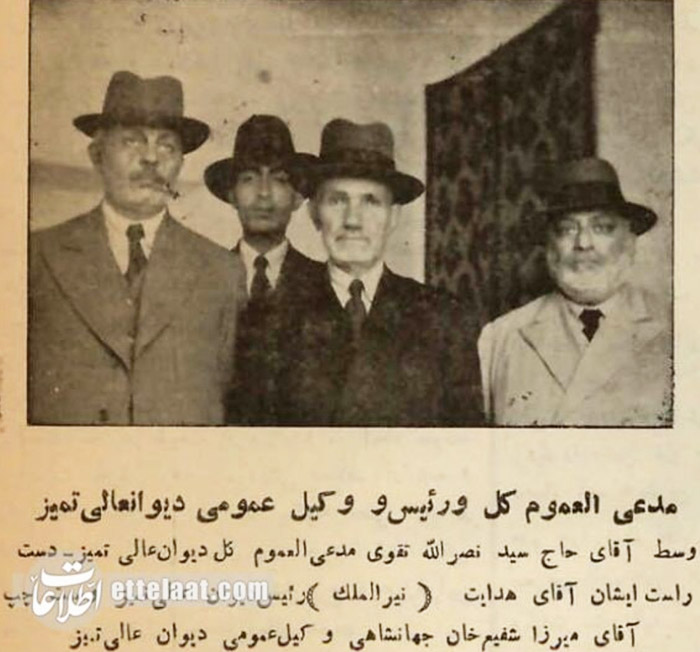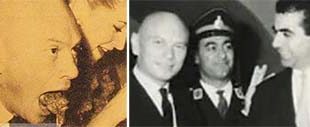Ninety years ago, in the heart of Iran’s capital city, something seemingly trivial became a symbol of power, class, and cultural transformation — the brimmed hat. While at first glance just a piece of attire, this accessory carried with it the weight of political change, social aspiration, and national identity. In the Tehran of 1935, hats were not just fashionable headwear. They were statements. They were boundaries. They were keys — to respect, to politics, and to modernity.
This narrative traces the transformation of a Western fashion item into a badge of prestige in Reza Shah’s Iran. The story unfolds amid the 10th term of the National Assembly, a period rich with political maneuvering and social change, where delegates from every corner of the country converged on Tehran. At the same time, the urban elite and the aspiring middle class looked to distinguish themselves not just through influence or education, but through appearance.
And in the bustling streets of Lalehzar and Istanbul — two of Tehran’s most prominent shopping avenues — hat shops flourished. Newspapers, especially Ettelaat, documented the boom with intrigue and detail, aware that behind every stitched brim and embroidered band lay the heartbeat of a nation in transformation.

